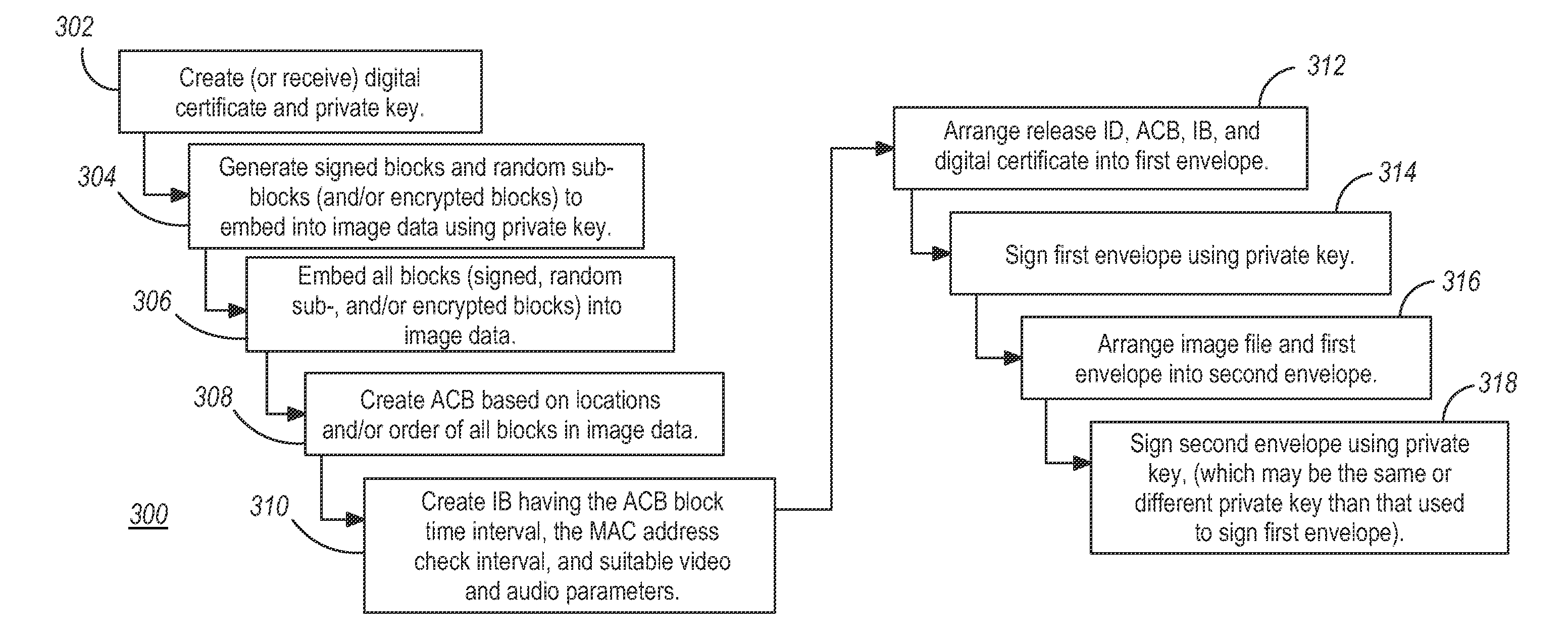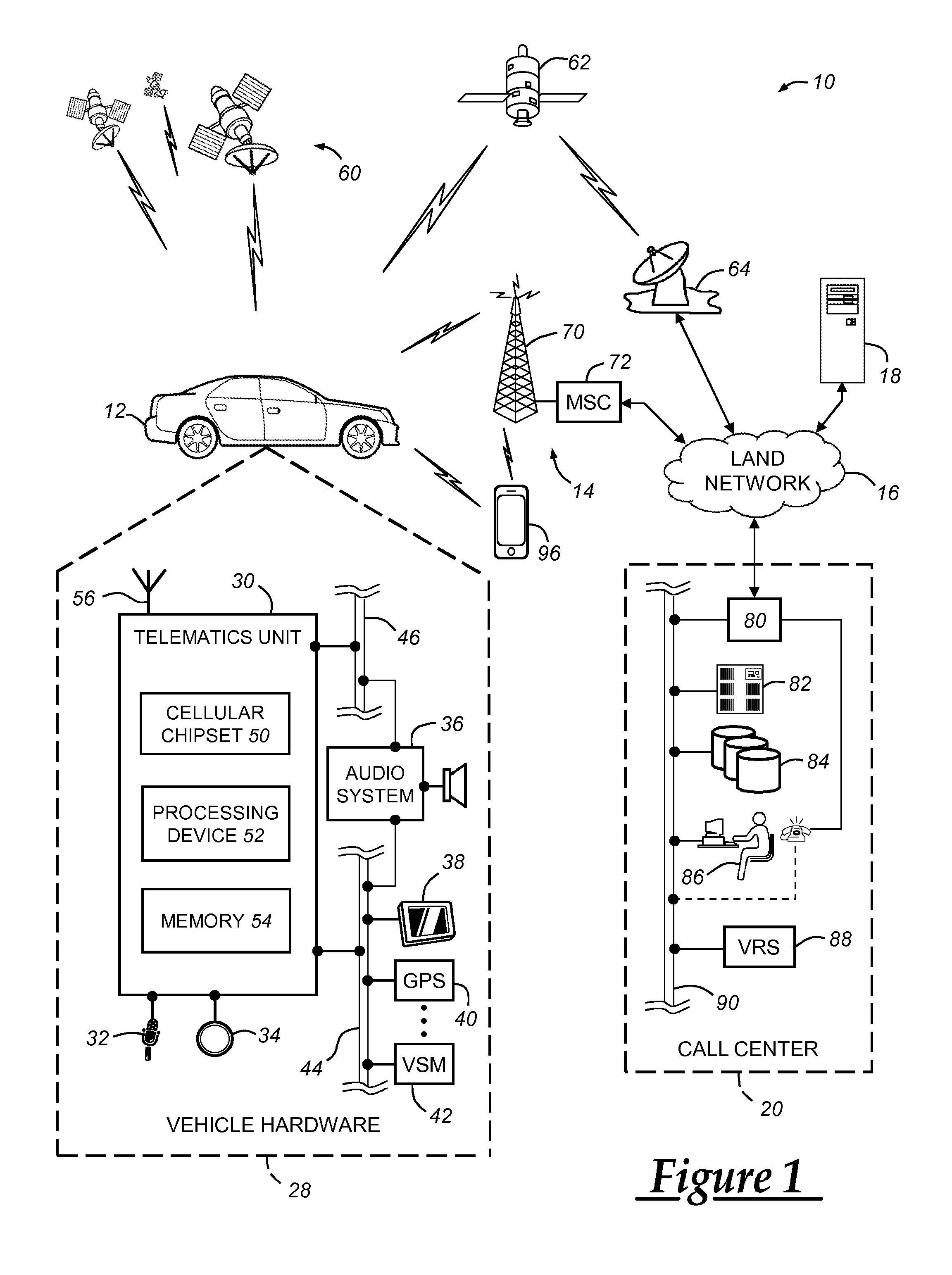Fully authenticated content transmission from a provider to a recipient device via an intermediary device
a technology of authenticated content and intermediary devices, applied in the direction of digital transmission, user identity/authority verification, securing communication, etc., can solve the problems of inability to validate and confirm
- Summary
- Abstract
- Description
- Claims
- Application Information
AI Technical Summary
Benefits of technology
Problems solved by technology
Method used
Image
Examples
Embodiment Construction
)
[0016]The method described below pertains to providing secure (authenticatible) data to a recipient device from a provider via a second (intermediary) device. The security of the data includes multi-layer cryptography; i.e., the overall data package sent from the provider includes an inner (first) message or envelope that is secured by a first signature and an outer (second) message that includes the first envelope and that is secured by a second signature. The transmission between the provider and the intermediary device involves validation of the second envelope using the second signature at the intermediary device, and once validated, the first (inner) envelope is extracted and sent from the intermediary device to the recipient device where it is validated using a first signature. Thus, in at least one implementation, the first envelope and signature are embedded within the payload covered by the second signature. For example, the secure data provided by the provider may be a vi...
PUM
 Login to View More
Login to View More Abstract
Description
Claims
Application Information
 Login to View More
Login to View More - R&D
- Intellectual Property
- Life Sciences
- Materials
- Tech Scout
- Unparalleled Data Quality
- Higher Quality Content
- 60% Fewer Hallucinations
Browse by: Latest US Patents, China's latest patents, Technical Efficacy Thesaurus, Application Domain, Technology Topic, Popular Technical Reports.
© 2025 PatSnap. All rights reserved.Legal|Privacy policy|Modern Slavery Act Transparency Statement|Sitemap|About US| Contact US: help@patsnap.com



